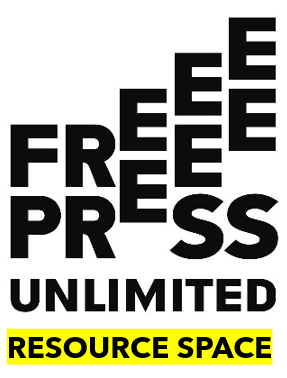Introduction
For independent news media organisations, journalists and journalism at large to function properly and survive economically, a number of conditions need to be met. These conditions can be grouped into three dimensions of the enabling environment for media and journalists. For many years these dimensions, in the analysis of Freedom House, consisted of the nationally-focused political, economic and legal enabling environment. But, increasingly, online communication platforms and technologies and innovations across borders as well as the online behaviour of audiences are impacting on the enabling environment for the media and the motivation and ability of states to regulate online.
This resource guide consists of three main sections. The first describes the three main pillars of the enabling environment for news media and journalists, with an emphasis on media viability and small and medium-sized media outlets. It will explore key concepts and issues of media law and regulation; main issues in the political environment that create or diminish space for media freedom and freedom of speech; and economic threats to and opportunities for media viability. A main theme throughout this section is how the enabling environment for the media has been dominated by tech giants, their influence on the platform economy and internet governance, and the struggle that existing regulatory and intellectual frameworks have to keep pace with this development.
The second section will look at the main multilateral and intergovernmental organisations as well as multi-stakeholder networks and platforms that serve as normative spaces and places for the enabling environment of the media. The third section will give an overview of advocacy strategies, toolkits and resources.
The resource guide does not attempt to include all possible considerations and developments within these sections. Instead, tries to strike a balance between general descriptions of the different phenomena and the responses of Free Press Unlimited and our partner network in our media development and advocacy work. It will make linkages to our combined track record and relevant evidence and literature that is being collected and expanded on a rolling basis in the evidence base.
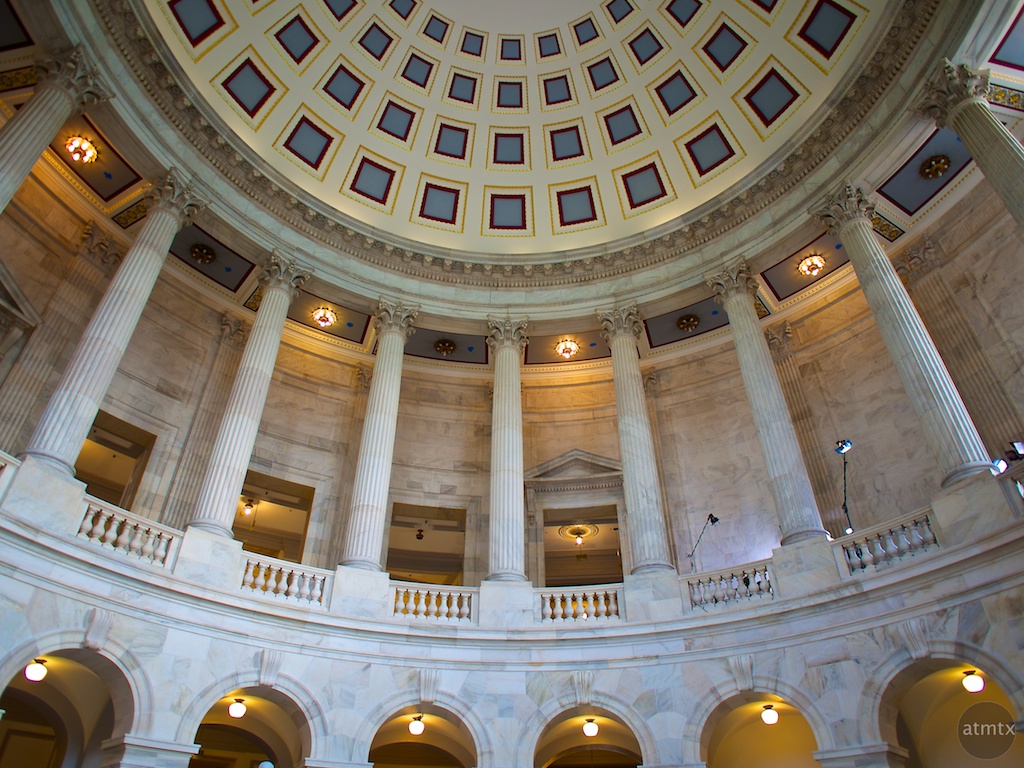
Introduction to the enabling environment
Picture by ATMTX. Curves and Pillars, Russell Senate Office Building – Washington DC
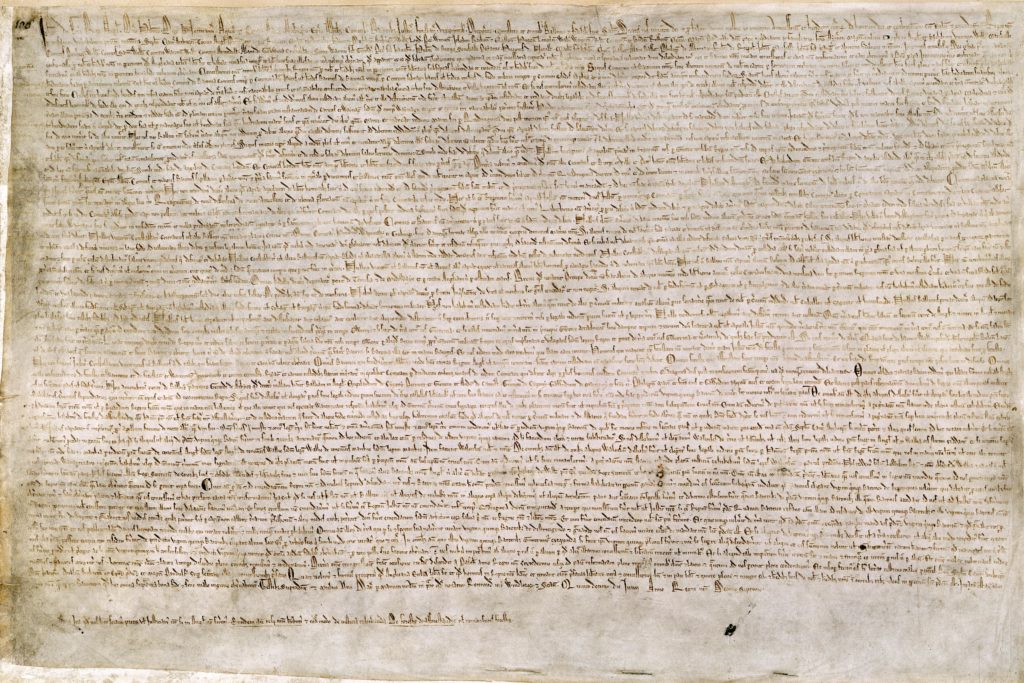
Picture: Magna Carta
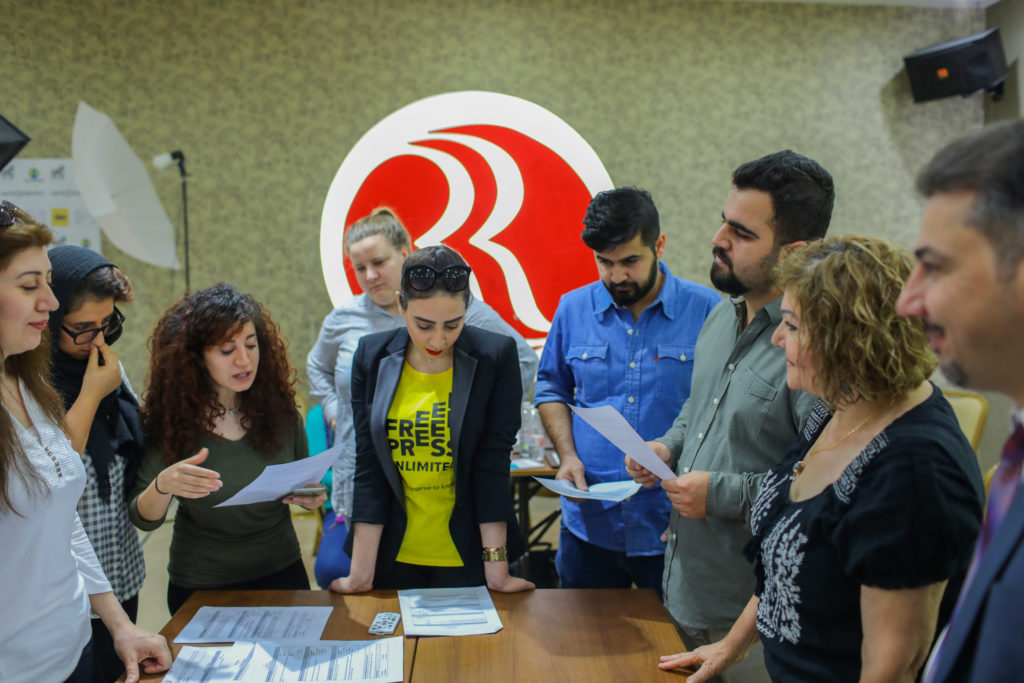
Picture by Ramyar Jabar
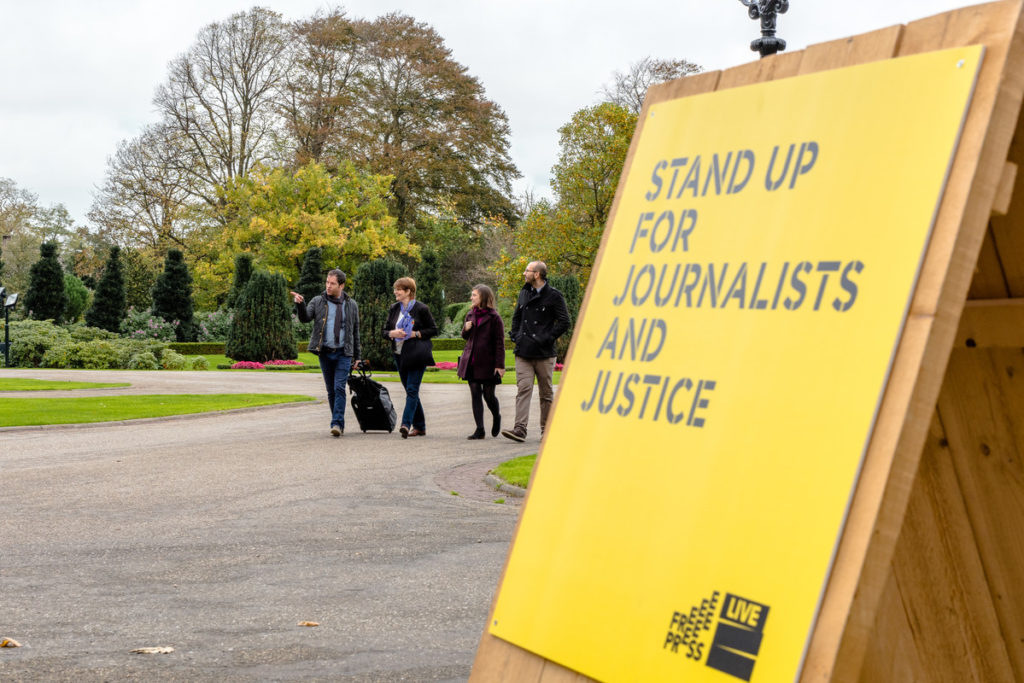
Picture by Romy van den Boogaart
Evidence base: Enabling environment for the media
| Source | Year | Country | Organisation | Author |
|---|---|---|---|---|
| Final Evaluation – Strengthening Community Radio’s in Bangladesh | 2015 | Bangladesh | Free Press Unlimited | Sen, A. |
| Development Agenda: Considering the Dark Side of the Media | 2015 | Global | Deutsche Welle Akademie | Lublinski, J. et al. |
| In the Service of the Public: Functions and Transformation of Media in Developing Countries | 2014 | Afghanistan, Bolivia, Colombia, Ecuador, Kyrgyzstan, Moldova, Mongolia, Myanmar, Namibia, Nepal, Nigeria, Serbia | Deutsche Welle Akademie | Lublinski, J. et al. |
| Government Advertising and Media Coverage of Corruption Scandals | 2011 | Argentina | Di Tella, R. & Franceschelli, I. | |
| Newspapers and Parties: How Advertising Revenues Created an Independent Press | 2011 | United States of America | Petrova, M. | |
| Inequality and Media Capture | 2008 | Global | Petrova, M. |
